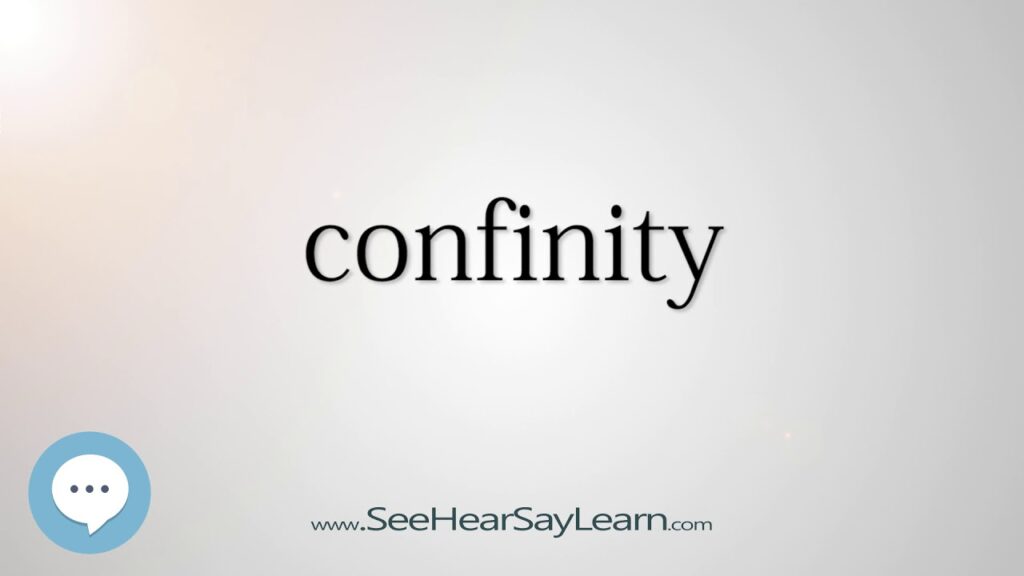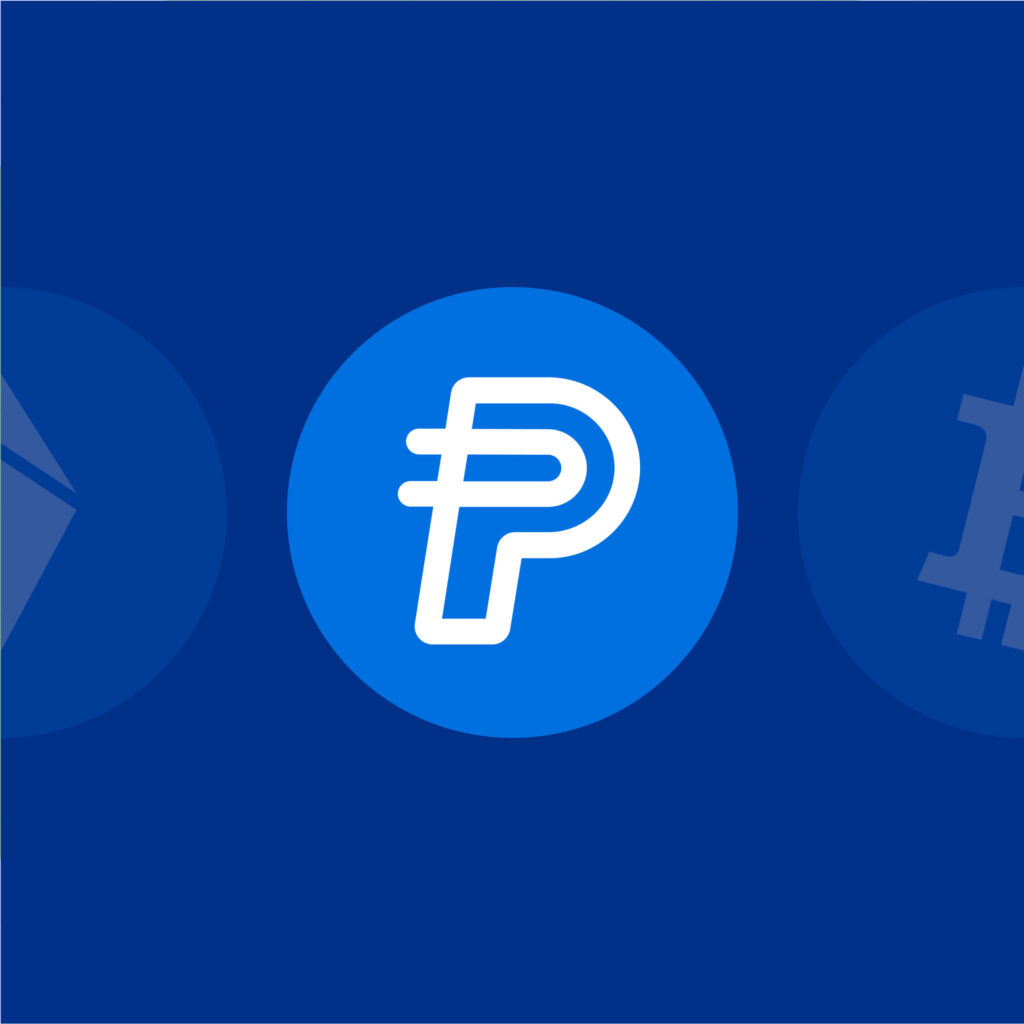- Paypal introduces a unique approach to executing NFT transactions, allowing users to engage with NFTs both on and off-chain while using any currency of choice.
- According to their proposed NFT purchase and transfer systems, the new Paypal feature will handle fractionalization, DAOs, and royalties through a third-party provider.
- The global payment system intends to deepen its influence in the web3 industry by launching a US dollar-pegged payment stablecoin called PayPal USD(PYUSD).
Blockchain applications have significantly gained much fame and recognition in the past decade. The web3 industry has transitioned from developing an entirely new financial system to becoming one of the most sought-after packages. Today, blockchain applications are used in several sectors, each improving upon its predecessor. Insurance companies, farmers, and medical institutes have sought decentralized applications. In addition, the need for crypto payment services has skyrocketed despite the crypto winter.
These achievements are a testament to the sheer capabilities of digital money, but the credit cannot go to the industry alone. Several titan corporates have significantly aided in the development of the web3 community. Microsoft, IBM, Meta, and other franchises have poured millions into the industry, further promoting it. Among these collaborators is PayPal, one of the first corporates to usher in the age of digital money. In recent news, PayPal Holdings has set its sights on the NFT marketplace, further promoting blockchain applications.
PayPal Holdings was the first to advocate for digital money
PayPal Holdings today is a global payment system that many corporations, individuals, and government agencies use when transacting internationally. However, its current fame and implementation have shrouded its humble beginning as the first to advocate for change not many were willing to embrace. Initially, Max Levchin, Peter Thiel, and Luke Nosek founded PayPal under a different brand, Confinity.
At the time, Confinity was merely a security software development firm, but after having no success, its founders took a different approach to the matter. During the late 1990s, Web2 had significantly gained much fame, with many claiming it would redefine technology. Its broad users presented a unique market that Max discerned. They developed the first PayPal electronic payment system in 1999, representing one of the first iterations of digital money.

Confiniity was the first iteration of PayPal before merging with Elon Musk’s X.com.[Photo/Youtube]
Its redefining nature caught the eye of Elon Musk, who would merge his X company with Confinity, forming what we know today as PayPal holdings. By 2000, the organization closed all its Internet banking operations and solely focused on digital payment. By 2002, Thiel would officially advertise the company’s brand as PayPal. At the time, the corporation’s IPO was listed under the ticker PYPL at $13 per share and generated over $61 million. This feat would inspire the likes of Africa’s Mpesa. It also significantly shapes the road that would eventually lead to blockchain applications.
In 2002, PayPal’s services significantly broadened the scope of several organizations. For instance, eBay would later incorporate its payment services, accounting for 70% of all transactions made. Soon, their CEO would implement its services as its default payment services. This milestone would pave the way for additional digital money-payment services like Citibank’s c2it, Yahoo’s PayDirect, and Google Checkout.
Also, Read Paypal Cryptocurrency is a success, holding a whopping US$604 million worth of crypto assets.
In 2007, PayPal holding gained many investors, including MasterCard. Together, they successfully launched PayPal Secure Card Services, a software that allows customers to make payments to websites that don’t directly accept PayPal services. At the end of that year, the payment services attained its unicorn status, attaining a revenue of $1.8 billion.
After years of offering payment services globally, PayPal Holding has managed to solidify its position as the world’s best payment service. Its methods and numerous applications would inspire millions to take up the challenge of developing better payment services. We can also state that PayPal holdings played a significant role in the digital era. Thus, when blockchain applications threatened to provide better services, instead of shunning it away, PayPal embraced the new technology.
PayPal Holdings embraced the Web3 Community
During the golden age of Bitcoin, many traditional financial systems shunned its very existence, stating it had a finite life span. However, PayPal Holdings saw it as an improvement in their work. Thus, rather than shunning it away, the global payment service supported this new transition of digital money. Its high volatility and risk did take some time to get used to, but PayPal eventually shocked the world after its announcement to incorporate crypto payment services.
In 2022, after finally developing its blockchain applications, PayPal announced its latest crypto payment services. Users could now transfer crypto between other users and directly send them to their wallets and exchange. Jose Fernandez da Ponte, SVP and general manager of blockchain, crypto, and digital currencies at PayPal said, “This feature was the most demanded from our users since we began offering the purchase of crypto on our platform.”
This new crypto-payment service allows PayPal customers to transfer coins into their accounts. In addition, they can move seamlessly between different platforms. This new feature overhauled the demand for crypto payment services. Soon, its investors like Mastercard and Visa would launch their crypto payment services shortly after this announcement.

PayPal launched its stablecoin, PayPal USD, promoting the use of digital money.[Photo/medium]
The global payment system would deepen its influence in the web3 industry by launching a US dollar-pegged payment stablecoin called PayPal USD(PYUSD).
Also, Read PayPal launches its stablecoin, Paypal USD, pegged to the dollar.
The increased adoption of stablecoins worldwide inspired the global payment system to offer similar services. Their developers built the stablecoin on Ethereum, which Paxos Trust Co. issued. According to the official announcement, US dollar deposits, short-term Treasury, and similar cash equivalents fully back the PYUSD. PayPal also announced that its launch represented its need and drive to focus on becoming a crypto payment giant. Its crypto payment services and stablecoins provided the necessary means to achieve such goals.
Diving into the NFT market
PayPal has recently announced its intent to dive into the NFT marketplace. Despite the current state of the franchise, the global payment services have stated this recent decline in value is a part of the web3 journey, not its end. According to their proposed NFT purchase and transfer systems, the new feature would handle fractionalization, DAOs, and royalties through a third-party provider.
Filling out a patent application for an NFT purchase is one of the final steps PayPal Holdings requires to build its blockchain ecosystem. This latest system, alongside its other blockchain applications, would eventually create an ecosystem rivaling the likes of Binance. They filed their application in March and published it on September 21st, showcasing the significance of the transition.
Furthermore, the application describes a means of carrying out transactions with NFTs on and off-chain. PayPal’s team said, “The NFT in this example may represent any unique piece of traceable digital data using a decentralized blockchain ledger. […] Examples of such assets include […] digital images and videos, music, collectibles, and other digital art along with deeds to personal property, event tickets, legal documents and other real-world items.“
Also, Read Paypal introduces cryptocurrency payments to encourage adoption.
Furthermore, their system will stay true to the nature of standard blockchain applications, giving users additional control. Their NFT system will be customizable in several ways. For instance, it will accommodate fractionalized purchases through the distribution of governance tokens. This would allow the tokens to trade themselves. In addition, the DAO system, together with the services provider, will promote NFT liquidity through a dedicated platform.
Wrapping up
PayPal Holding has remained a global payment service for a reason. Its ability to perceive future events and investments has enabled it to remain atop its peers. Its blockchain applications, crypto payment services, and NFT system will significantly shape its future in the next few years. PayPal managed to transition the world to embrace digital money, and now it has a chance to do the same for crypto and NFT. It’s only a matter of time before it dominates the entire industry.
- SEO Powered Content & PR Distribution. Get Amplified Today.
- PlatoData.Network Vertical Generative Ai. Empower Yourself. Access Here.
- PlatoAiStream. Web3 Intelligence. Knowledge Amplified. Access Here.
- PlatoESG. Carbon, CleanTech, Energy, Environment, Solar, Waste Management. Access Here.
- PlatoHealth. Biotech and Clinical Trials Intelligence. Access Here.
- Source: https://web3africa.news/2023/10/09/featured/paypal-holdings-launches-nft-system/
- :has
- :is
- :not
- $UP
- 1999
- 2000
- 2022
- 33
- 8
- a
- ability
- Accept
- accommodate
- According
- Accounting
- Accounts
- Achieve
- achievements
- addition
- Additional
- Adoption
- Advertise
- advocate
- After
- age
- agencies
- All
- All Transactions
- allow
- Allowing
- allows
- alone
- along
- alongside
- also
- among
- an
- and
- announced
- Announcement
- any
- Application
- applications
- approach
- ARE
- Art
- AS
- Assets
- At
- attained
- away
- back
- Banking
- BE
- becoming
- before
- began
- Beginning
- BEST
- Better
- between
- Billion
- binance
- Bitcoin
- blockchain
- blockchain applications
- blockchain ecosystem
- both
- brand
- broad
- build
- built
- but
- by
- called
- CAN
- cannot
- capabilities
- card
- carrying
- Cash
- caught
- ceo
- challenge
- Chance
- change
- Checkout
- choice
- claiming
- closed
- CO
- Coins
- collectibles
- COM
- community
- Companies
- company
- Company’s
- control
- corporates
- Corporations
- could
- create
- credit
- crypto
- crypto payment
- Crypto Winter
- cryptocurrency
- Cryptocurrency Payments
- currencies
- Currency
- Current
- Current state
- Customers
- customizable
- da
- DAO
- DAOs
- data
- decade
- decentralized
- Decentralized Applications
- Decline
- dedicated
- Deepen
- Default
- Demand
- demanded
- deposits
- Despite
- developed
- developers
- developing
- Development
- DID
- different
- digital
- Digital Art
- digital currencies
- Digital Money
- Digital Payment
- directly
- distribution
- dive
- do
- documents
- Dollar
- dominates
- Dont
- drive
- during
- each
- eBay
- ecosystem
- Electronic
- electronic payment
- Elon
- Elon Musk
- Elon Musk’s
- embrace
- embraced
- enabled
- encourage
- end
- engage
- Entire
- entirely
- equivalents
- Era
- ethereum
- Event
- events
- eventually
- example
- examples
- exchange
- executing
- existence
- eye
- facilitating
- FAME
- farmers
- feat
- Feature
- fernandez
- few
- filed
- final
- Finally
- financial
- financial system
- financial systems
- Firm
- First
- Focus
- focused
- For
- Founded
- founders
- fractionalization
- franchise
- from
- fully
- further
- future
- gained
- General
- generated
- get
- giant
- Giving
- Global
- Globally
- Go
- Goals
- Golden
- governance
- Government
- government agencies
- had
- handle
- Have
- having
- High
- his
- holding
- Holdings
- However
- HTTPS
- humble
- IBM
- images
- implement
- implementation
- improvement
- improving
- in
- include
- Including
- incorporate
- increased
- individuals
- industry
- influence
- initially
- inspire
- inspired
- instance
- instead
- insurance
- intends
- intent
- internationally
- Internet
- into
- Introduces
- Investments
- Investors
- IPO
- Issued
- IT
- items
- iteration
- iterations
- ITS
- journey
- jpg
- Know
- Late
- later
- latest
- launch
- launched
- launches
- launching
- lead
- Ledger
- Legal
- Life
- like
- likes
- Liquidity
- Listed
- make
- managed
- manager
- many
- Market
- marketplace
- mastercard
- Matter
- max
- max-width
- May..
- means
- medical
- merely
- Merge
- merging
- Meta
- methods
- Microsoft
- milestone
- million
- millions
- money
- most
- move
- moves
- much
- Music
- Musk
- Nature
- necessary
- Need
- New
- news
- next
- NFT
- nft marketplace
- NFTs
- no
- now
- numerous
- of
- offer
- offering
- official
- Officially
- on
- ONE
- only
- Operations
- organization
- organizations
- Other
- our
- out
- over
- packages
- part
- past
- patent
- pave
- Paxos
- payment
- Payment Services
- payment system
- payments
- PayPal
- peers
- pegged
- per
- personal
- Peter
- piece
- platform
- Platforms
- plato
- Plato Data Intelligence
- PlatoData
- played
- position
- predecessor
- presented
- promote
- promoting
- property
- proposed
- provide
- provided
- provider
- published
- purchase
- purchases
- PYPL
- rather
- Read
- real world
- reason
- recent
- recently
- recognition
- redefine
- Redefining
- remain
- remained
- represent
- represented
- representing
- requires
- revenue
- Risk
- road
- Role
- royalties
- Said
- same
- saw
- scope
- seamlessly
- Sectors
- security
- send
- September
- service
- Services
- set
- several
- Shape
- shapes
- Share
- shocked
- short-term
- Shortly
- showcasing
- shrouded
- Sights
- significance
- significant
- significantly
- similar
- since
- Software
- software development
- solely
- some
- soon
- sought
- span
- stablecoin
- Stablecoins
- standard
- State
- stated
- stating
- Status
- stay
- Steps
- success
- Successfully
- such
- Supported
- system
- Systems
- Take
- team
- Technology
- testament
- than
- that
- The
- the world
- their
- Them
- themselves
- These
- they
- third-party
- this
- Through
- Thus
- ticker
- tickets
- time
- titan
- to
- today
- together
- Tokens
- took
- towards
- traceable
- trade
- traditional
- transacting
- Transactions
- transfer
- transition
- treasury
- true
- Trust
- under
- unicorn
- unicorn status
- unique
- upon
- us
- US Dollar
- USD
- use
- used
- users
- using
- value
- very
- Videos
- visa
- Volatility
- Wallets
- was
- Way..
- ways
- we
- Web2
- Web3
- Web3 community
- Web3 industry
- websites
- were
- What
- when
- which
- while
- WHO
- will
- willing
- Winter
- with
- Work
- world
- world’s
- worldwide
- worth
- would
- X
- year
- years
- zephyrnet













